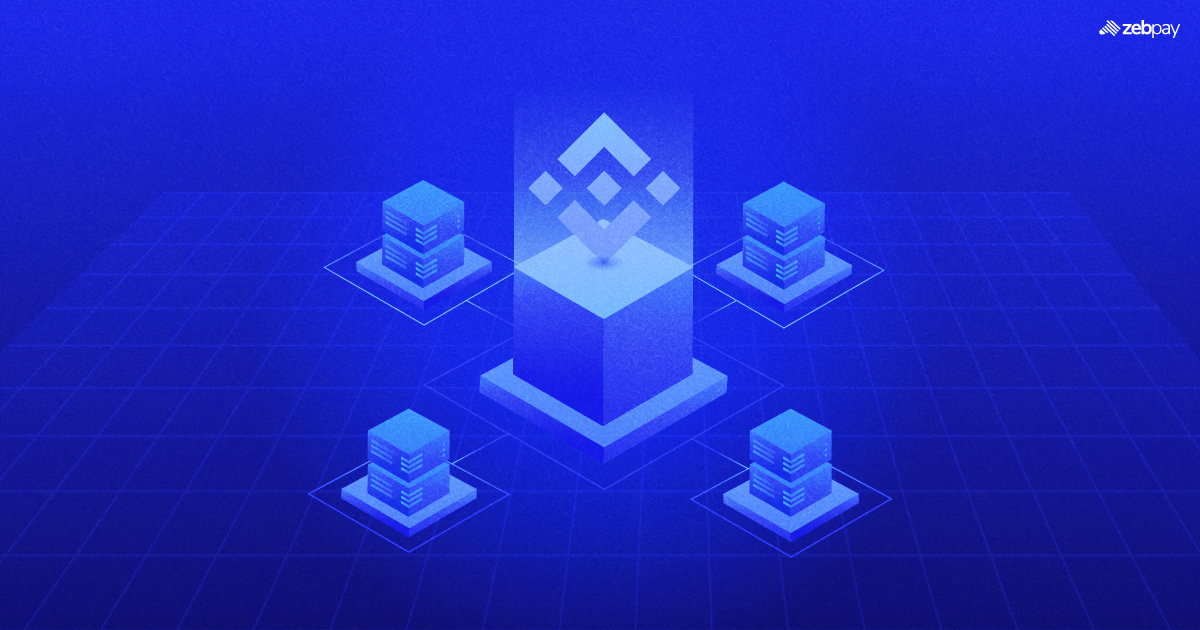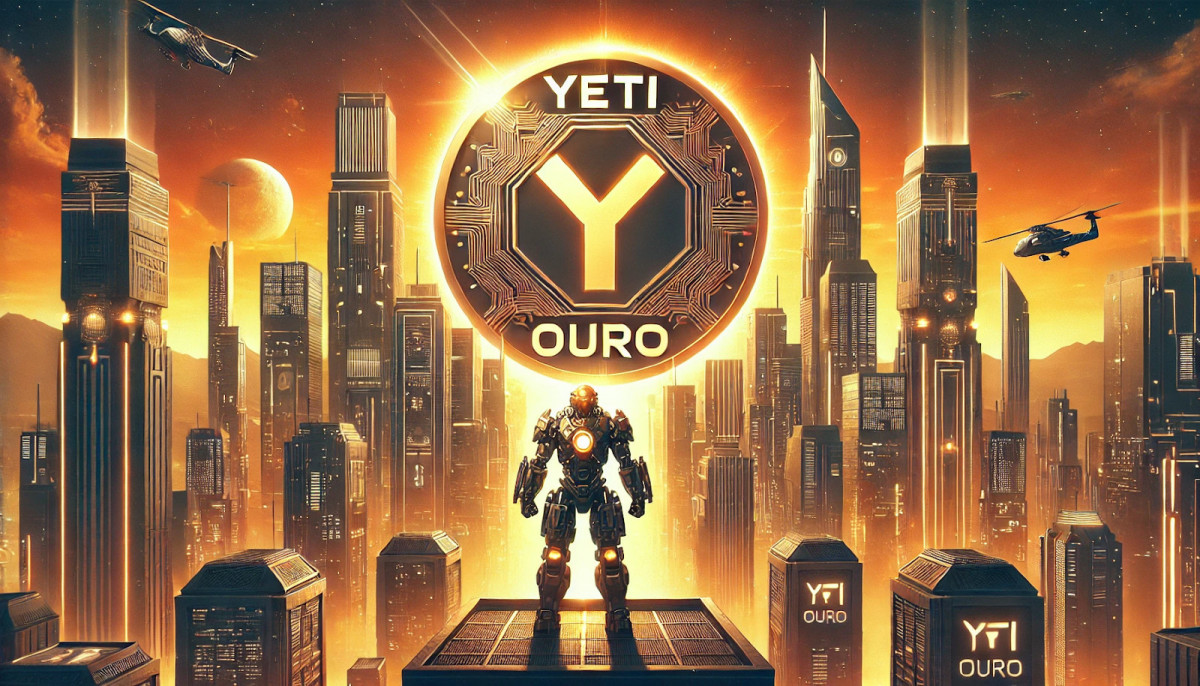The world of crypto is dominated by tokens like Bitcoin and Ethereum which are decentralised crypto tokens. They bring together the benefits of decentralisation and cryptographic security to create a new way to transact. But one overlooked part of the crypto ecosystem is enterprise solutions. Centralised or private blockchains provide firms with the security benefits […]
The post What are Centralised Blockchains? appeared first on ZebPay.
The world of crypto is dominated by tokens like Bitcoin and Ethereum which are decentralised crypto tokens. They bring together the benefits of decentralisation and cryptographic security to create a new way to transact. But one overlooked part of the crypto ecosystem is enterprise solutions. Centralised or private blockchains provide firms with the security benefits of blockchains while ensuring access to sensitive information remains private. While the underlying technology may operate on decentralised blockchain systems, they are controlled by a centralised authority or a small set of individuals.
Types of Blockchains
Public Blockchains
These chains operate on a permissionless basis. Therefore, you do not need prior approval from any authority before accessing public blockchains. It allows you to see all transactions and engage in block validation freely. Most crypto tokens on the market operate on public blockchains.
Private Blockchains
On the other hand, private- or permissioned- blockchains require approval from an authority for access. Without approval, you will not be able to view any data stored on the blockchain. There may be several levels of permission allowed. Some users may only have access to sections of the blockchain while others can view all the data stored.
Federated Blockchains
In such blockchains, data may be publicly available. However, the mining or validation of blocks is done by pre-selected individuals or entities. The general public can’t mine these blockchains.
In this article, any blockchain apart from public blockchains is considered a “centralised blockchain”. This is because access or certain essential features are only available to a small number of individuals.
Examples of Private and Federated Blockchains
Central Bank Digital Currencies
One of the most popular applications of private blockchains will be in CBDCs. A CBDC is a digital equivalent of a country’s fiat currency. They bring together the seamless transactions of crypto tokens with government support for a well-developed system. Transactions in a CBDC may or may not be private, as per the government’s decision.
A CBDC may use private or federated blockchains to restrict access to the private financial data of individuals using it. Only a select few government officials may be able to see all transactions taking place on the blockchain.
Additionally, federated blockchains can also be applied to a CBDC system. Federated blockchains would allow public and private financial institutions to engage in the validation process. While the central bank is still responsible for the number of digital tokens to be mined, verification can be more robust with multiple agencies involved in the process.
Stablecoins
The most popular stablecoins by market capitalization, Tether(USDT) and USD Coin (USDC) cannot be mined. This is because they are “Fiat-collateralised”. For every token available to the public, Tether or USD Coins hold an equal amount of US dollars in reserve. These reserves are handled by trusted third parties and are regularly audited.
As the reserves are managed by third-party financial institutions, they are also responsible for the platform’s validation. Since the reserves must match the dollars available, new coins are only created when there is a need for them. Therefore, only the financial institutions are involved in the consensus process.
Read more: How do Stablecoins Work?
Tether is controlled by a Decentralised Autonomous Organisation (DAO), TetherDAO. However, USD Coin is controlled by…
Read More: www.bitcoin-rss.com









 Bitcoin
Bitcoin  Ethereum
Ethereum  XRP
XRP  Tether
Tether  Solana
Solana  Dogecoin
Dogecoin  USDC
USDC  Cardano
Cardano  Lido Staked Ether
Lido Staked Ether  TRON
TRON  Avalanche
Avalanche  Sui
Sui  Wrapped stETH
Wrapped stETH  Chainlink
Chainlink  Toncoin
Toncoin  Shiba Inu
Shiba Inu  Stellar
Stellar  Wrapped Bitcoin
Wrapped Bitcoin  Hedera
Hedera  Polkadot
Polkadot  WETH
WETH  Bitcoin Cash
Bitcoin Cash  Uniswap
Uniswap  Pepe
Pepe  Hyperliquid
Hyperliquid  Litecoin
Litecoin  LEO Token
LEO Token  Wrapped eETH
Wrapped eETH  NEAR Protocol
NEAR Protocol  Aptos
Aptos  Ethena USDe
Ethena USDe  USDS
USDS  Internet Computer
Internet Computer  Aave
Aave  Render
Render  Mantle
Mantle  Bittensor
Bittensor  POL (ex-MATIC)
POL (ex-MATIC)  Cronos
Cronos  Ethereum Classic
Ethereum Classic  Artificial Superintelligence Alliance
Artificial Superintelligence Alliance  WhiteBIT Coin
WhiteBIT Coin  Virtuals Protocol
Virtuals Protocol  Arbitrum
Arbitrum  MANTRA
MANTRA  Tokenize Xchange
Tokenize Xchange  Filecoin
Filecoin